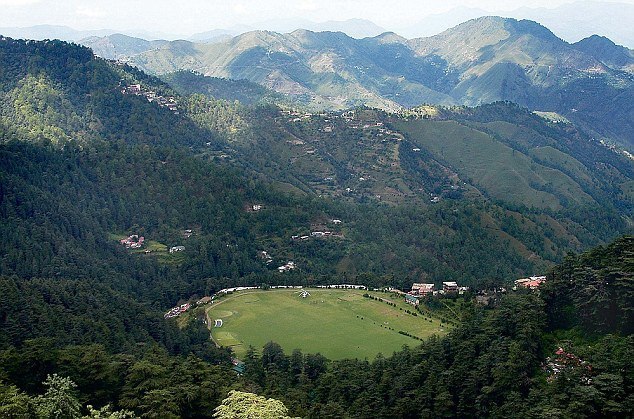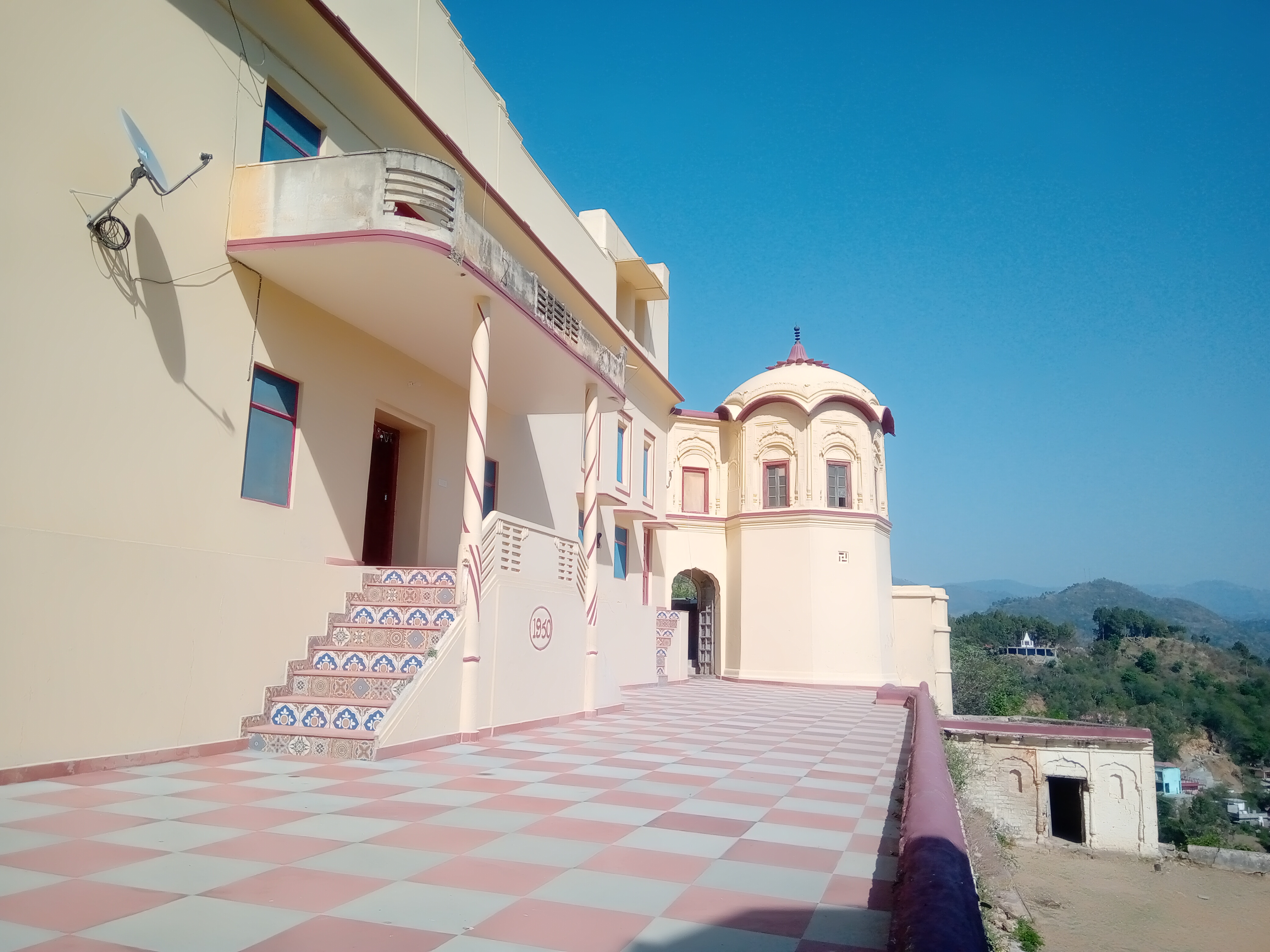Shimla – A Resort for the Spoilt Rich
Just because Shimla was entirely built by the British and many Brits lived here even after the Indian Independence, people have an impression that Shimla is known for celebrating Christmas and New Year. It is right up to some extent but not completely. In the olden days, perhaps till the turn of the nineteenth century, during the Raj the hills remained crowded with European families for nearly six months of the year only, April till September. There was no electricity in the hills and also the facilities were limited. Before 1903 when Shimla was connected by railways to the plains, people faced many problems during winters so here came September and the British gentry started moving to the plains.
After the railways in 1903, the European population of Shimla increased drastically. People started living here for longer and some even stayed around the year. It earned a reputation as ‘A Resort for the Spoilt Rich’. During the winter months, the first problem was how to warm up the houses and the best way was firewood. Chimneys were an essential part of any building. Without Chimneys the houses were not approved by the government. Every house had at least one of two Chimneys and more if it was possible. People had to start collecting firewood from the forests. Since the land was granted to the outsiders on the condition that they would not chop trees the firewood was obtained from the fallen trees.
Before electricity was introduced in Shimla, people, at night, people depended upon the oil lamps. Kerosene oil was brought from outside on mules and bullock carts and a limited amount of that was supplied to the residents of the station. Electricity was introduced in Shimla on 15th July 1913 and was produced by damming a river Nauty to the north face of Mashobra. In those days the ravine was accessible only through nearly fifteen kilometres long of wooded slope.
When they travelled to the hills they also brought their cattle with them. During the winter the temperature dropped to minus and was difficult for the cattle to bear. The only dairy farm in Shimla was located in Tara Devi, five kilometres on Kalka Shimla road. The dairy was originally started in 1880 by Mr. Horace B. Goad to supply milk and cream to the viceroy. Later the site was given to a Shimla-based dairy produce seller Mr. Kaventer. He brought nearly 200 Brittany cows and supplied milk, cream, and butter to the town. An idea was to cross the imported cattle with the hill cows but unfortunately, the imported cows suffered a disease and all of them died. Presently the site is owned by Himachal Road Transport Corporation, and the cows have been removed by the busses.
The story of Blessington proves that people stayed in Shimla during the winter months. In 1928 Mr. Blessington, who lived in Blessington Court in Lakkar Bazaar gifted Shimla an Ice Skating Rink. One morning when came out to play tennis, he slipped and suffered a minor injury in his foot. The dew had frozen to frost. The following evening, he sprinkled some water on the ground and waited for the morning. By the morning water had frozen to ice. Now he managed to encourage people to come and try the bladed boots on ice. The Ice Skating Rink of Shimla is a club now and is the only natural skating rink in Asia.
The other problem faced by the British community in Shimla was transport. In general, people used mules and horses to commute to the town but within the town, it was difficult to use the pony rides. Jinny Rickshaws were the most interesting and suitable way of transport in Shimla. Although it was a luxury to keep a rickshaw as four bearers were required to ply it so only the rich could afford it.
The British looked after Shimla very well and every individual took it as a duty to maintain the decorum in town. They carved this town out of nothing and developed it as per the needs of life. They brought up a resort for them and used it as a capital town, the Summer Capital of British India. They took such good care of Shimla that they didn’t allow more than 150 people at the Ridge as the weight was a threat to the water tank underneath. But today’s government does not care for these rules. Here comes some political rally and the ridge is thronged by the party supporters. The area becomes an open-air theatre and the leaders address the public from the pedestal above Mahatma Gandhi’s statue.
After the independence Shimla remained to serve as a resort for rich Indians. The tourism business flourished only for two summer months, May and June, of a year and some came at the end of December to celebrate Christmas and New Year. For the rest of the time, Shimla was meant only for the locals. The hotels hardly did any business. With time the town has improved and the development is trying to move it at her own pace. Christmas and New Year are still celebrated in a big way but the quality of the visitors has its own variety. Its definition of ‘A Resort for the Spoilt Rich’ has become ‘A Spoilt visitor for the Resort’.



